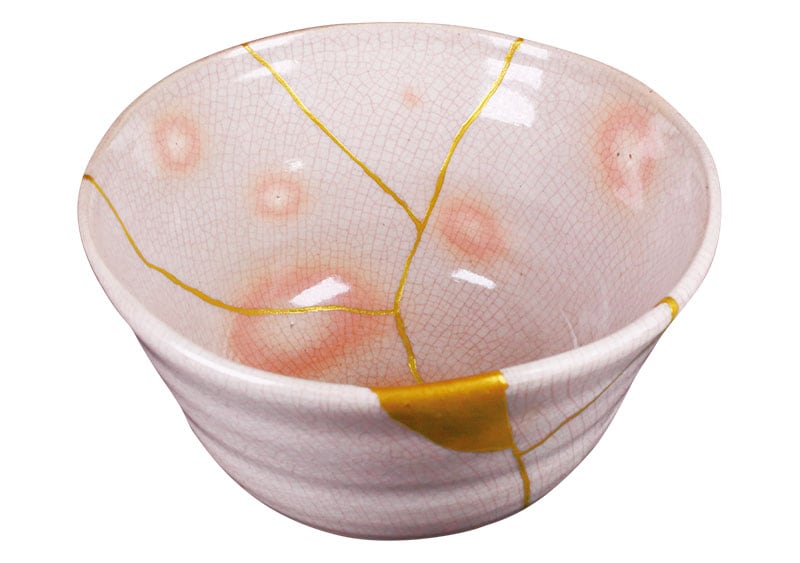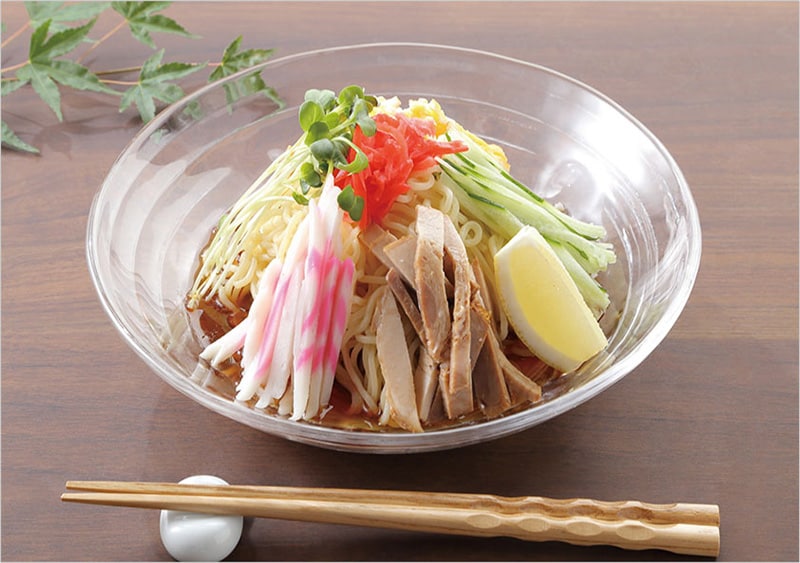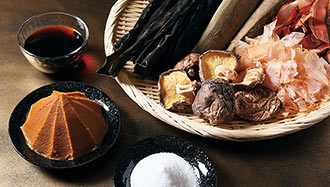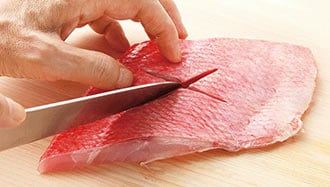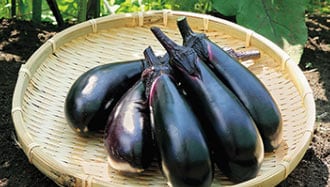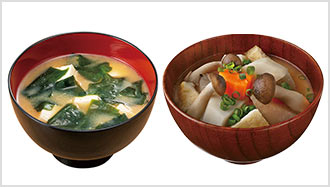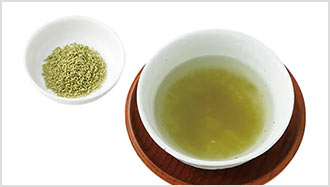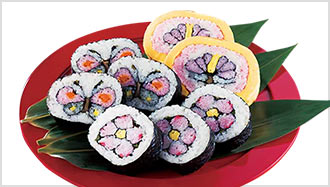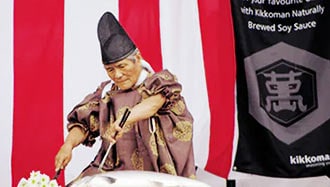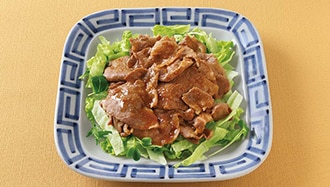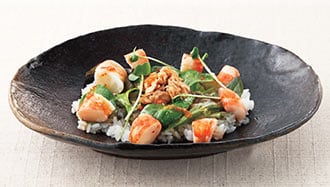Refreshing, uniquely inventive noodles
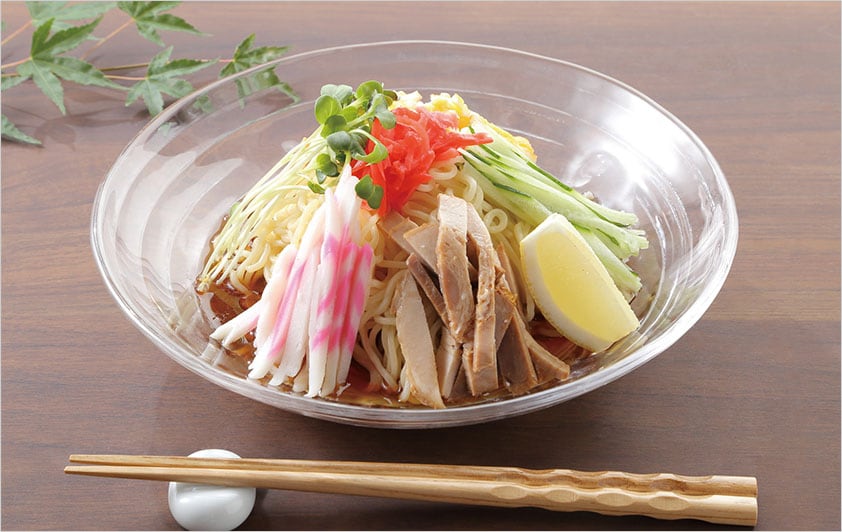
Each year, summer in Japan is heralded by the arrival of colorful hiyashi chuka—literally, “chilled Chinese noodles.” This refreshing dish involves cold ramen noodles garnished with a selection of julienned vegetables, ham and omelet, all topped with a light, sweetened vinegar-soy sauce or a richer sesame sauce.
Although its name suggests Chinese origins, hiyashi chuka was conceived in Japan in the 1930s-1940s in restaurants specializing in Chinese cuisine. Preparation calls for repeatedly rinsing boiled noodles and chilling them down in cold or ice water to remove excess starch and firm them up. These rinsing and cooling steps are not typical of traditional Chinese cuisine, affirming that hiyashi chuka is one of Japan’s more uniquely inventive dishes.
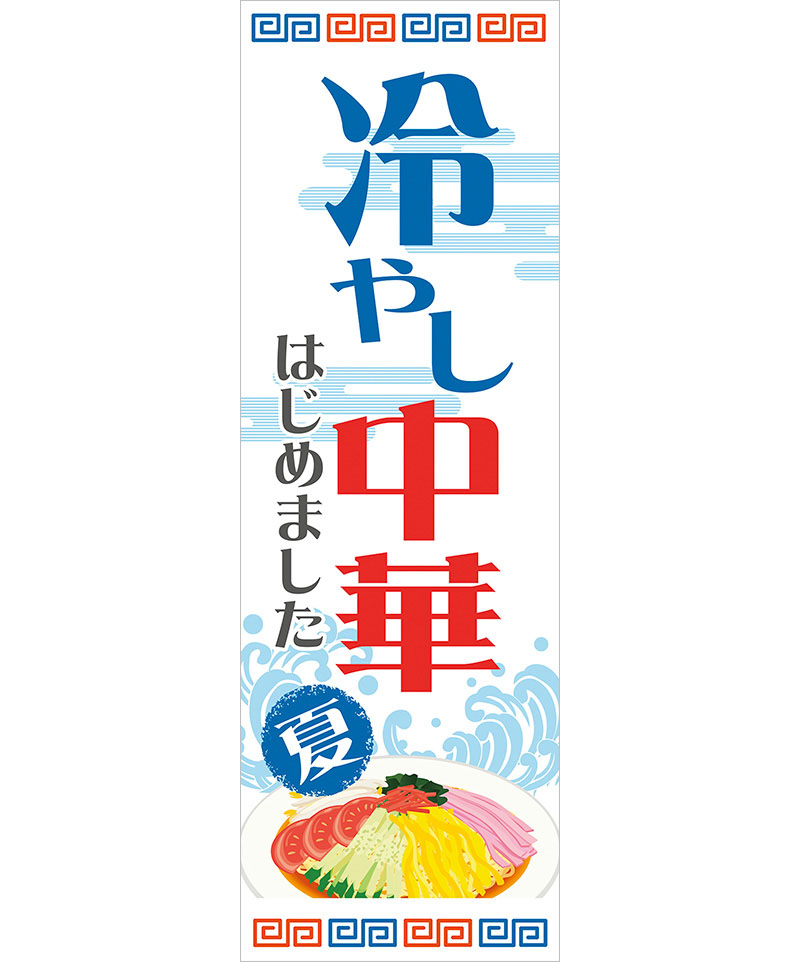
By the 1960s, hiyashi chuka was broadly accepted throughout the country and had become a standard summer menu item. Although ramen soup noodles are well-known for their regional distinctions and creative variants, most hiyashi chuka involve similar ingredients and styles nationwide—only the name differs, depending on region. In Hokkaido it is called “chilled ramen,” while in central Kansai region one orders reimen “cold noodles.” And while this refreshing dish originated in response to the hotter months, some restaurants now serve it year-round by popular demand.
Upscale Chinese restaurants might offer it topped with pricey ingredients like lobster or crab, and diners can seek out artisanal hiyashi chuka with colorful specialty noodles, such as those kneaded with seaweed or spinach. More economical options available at casual eateries and ramen shops—just as delicious—typically include processed meats and local vegetables. During summer, markets and convenience stores sell instant and quick-prep hiyashi chuka alongside ready-to-eat hiyashi chuka bentos.
With so many accessible variations of this well-balanced dish of carbohydrates, protein and vegetables, it’s no wonder that hiyashi chuka is a true Japanese classic.

